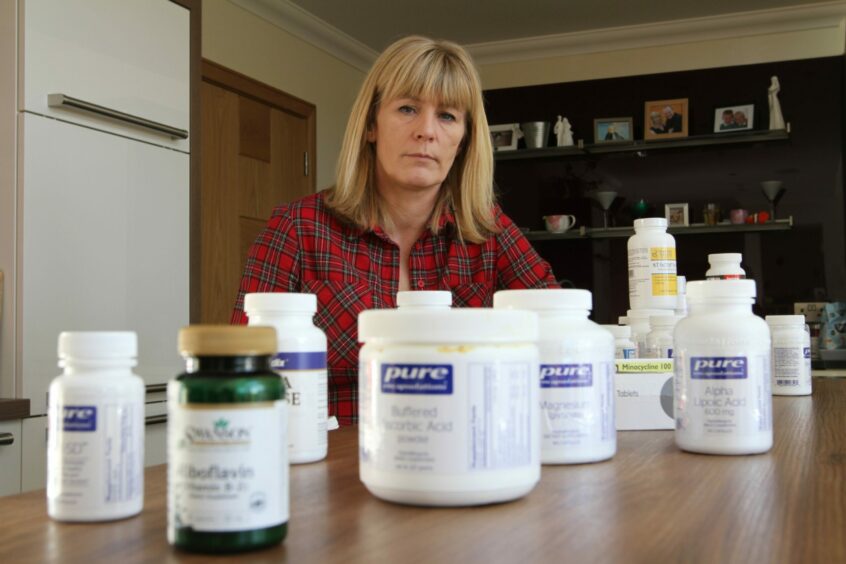
Montrose mum Lorraine Murray had no idea one simple walk with her dog in the woods, which she had done hundreds of times, would result in her contracting a horrific, life-changing disease.
The former Army fitness instructor was left housebound, needing to use a wheelchair and ended up having her gall bladder removed – after being infected with Lyme disease from a tick bite.
“I hope what happened to me can help someone else, otherwise what’s the point in me getting so sick with a life-changing disease?,” she said.
“It has destroyed my life it really has.
“But I would like some good to come out of it.”
The 52-year-old, who believes she contracted the bacterial infection while walking her dog in August 2014, said what began as flu symptoms soon worsened into muscle spasms, dizziness and headaches.
We first reported Lorraine’s story back in March 2017 and we have been following her journey to recovery ever since.
Since then, however, the number of cases of Lyme disease has continued to increase.
But while the numbers have continued to rise, Lorraine believes awareness of ticks and Lyme disease has improved.
Yet she feels more still needs to be done.
This is her story.
When did Lorraine realise she had been bitten by a tick?
The mum-of-two noticed she had been bitten by a tick in August 2014 after spotting a tick on the top of her leg after she had been walking the family dog Jazz, a Hungarian Vizsla, in Kinnaber Woods in Montrose.
She had been shaving her legs when she was in the shower and knocked it off, not realising it had been attached to her body.
But at the time she simply brushed it off.
Lorraine didn’t develop a bulls eye rash – a classic sign of Lyme disease – which often appears after being bitten by an infected tick.
“Not everyone will get a bulls eye rash or even notice one. People shouldn’t just presume if they don’t get a rash they haven’t been infected.
“I think it is important to be aware of this.”
However, two days later, during an outing to Edinburgh to toast her tenth wedding anniversary with her husband, James, she started feeling unwell.
She ended up spending four days in bed in her hotel room, unable to move.
What were Lorraine’s symptoms?
Lorraine explained: “My symptoms were flu-like to start with.
“I had fevers, chills and I felt completely exhausted for four to six days.
“I then had a brief spell of recovery for a day or two but then the symptoms came back and increased every month.
“Every day I had flu symptoms – I was hot, had no energy, had twitching muscles, sore painful legs and joints, a severe sore stiff neck, pressure headaches and what I could only describe as a buzzing sensation through my legs.
“It was like a migrating pain which would often travel to different parts of my body.
“By nine months I couldn’t walk, needed to use a wheelchair and I became housebound – my symptoms were just awful.”
She had brain fog, memory issues and she became sensitive to light, sounds and heat.
“I couldn’t tolerate alcohol and I had spells of dizziness with a fast heart rate which came and went. I felt like I had the flu everyday.
“Chronic fatigue followed, I just felt completely exhausted.”
Visits to the GP
Mrs Murray went to her GP several times, complaining of a stiff neck, exhaustion and aching muscles, but she was told she had flu.
She underwent tests in hospital but was discharged without a diagnosis.
The illness continued for the next 18 months.
But it was only after she watched a TV documentary about Lyme disease, that she realised what had happened.
“I knew it was that tick,” she said.
“The minute I watched this programme which was raising awareness about Lyme disease I just knew.
“Pictures of ticks came up on the screen followed by symptoms and that’s when it all clicked.
“It tied in with the date I got sick and my symptoms. I knew from that moment 100 per cent that was why I was ill.”
Lyme disease diagnosis
Two years after Lorraine was bitten by an infected tick she was diagnosed.
“In 2016 I was given a clinical diagnosis of Lyme disease from the NHS,” she said.
“Treatment was a few weeks of antibiotics and I began to get better.
“However, I relapsed when the treatment stopped.”
Lorraine sought out private treatment as she still felt very sick and was tested for other infections.
The results came back positive for Lyme disease.
A year later, Lorraine wasn’t responding fully to treatment so she had more tests carried out.
It turned out the tick that bit her was carrying other infections which included babesia microti, a tick-borne disease.
So in 2017 Lorraine decided to fly to Washington to a private infectious diseases treatment facility which specialises in Lyme disease.
As part of her treatment there she was given antibiotics and herbal tablets to take.
“I had aggressive treatment for all the infections but by 2018 I was becoming sicker,” she explained.
“It was discovered I had chronic cholecystitis (swelling and irritation of the gallbladder).”
If left untreated cholecystitis can lead to severe, sometimes life-threatening complications, such as gallbladder rupture.
Treatment often involves surgery to remove the gallbladder and this is what happened to Lorraine.
“My gallbladder was infected and it had to be removed.
“I then resumed treatment which finally started to progress.”
Lorraine has been left with a central nervous system dysfunction caused by untreated Lyme disease and co-infections.
And she takes a wide range of tablets to help manage her condition.
How is Lorraine’s recovery going?
Speaking to Lorraine for the first time since 2019 to find out how her recovery is going, she said her condition is slowly improving.
“I am not completely free of Lyme disease and haven’t fully recovered but I am much better now,” she said.
“It has taken years but my symptoms are much less nowadays and I have more energy than I used to.
“I still get very bad days but I am hoping to continue to improve as each year goes by.”
Raising awareness of Lyme disease is key
While cases may still be on the rise, Lorraine believes awareness is definitely much better now compared with a few years ago.
“The Lyme Disease UK support group is seeing a significant increase in the number of people catching Lyme disease in its early stages, compared to years ago.
“I think this is because there has been much more awareness in the media of the symptoms and the possible rash people can get.
“So awareness of ticks and Lyme disease has improved thanks to the media reporting on stories of real patients and getting all the important information on the disease out to the general public.
“Knowing what signs and symptoms to look out for is the key to successful treatment.
“But I think more still needs to be done.
“At the moment it is being left to people infected with Lyme disease to spread awareness as well as the work of UK Lyme disease charities.”
She added: “I would like help others recognise the symptoms and take precautions to try and prevent tick bites.
“If more people are aware of the type of symptoms you can get, hopefully it will lead to being diagnosed much sooner and treatment will be more successful.”
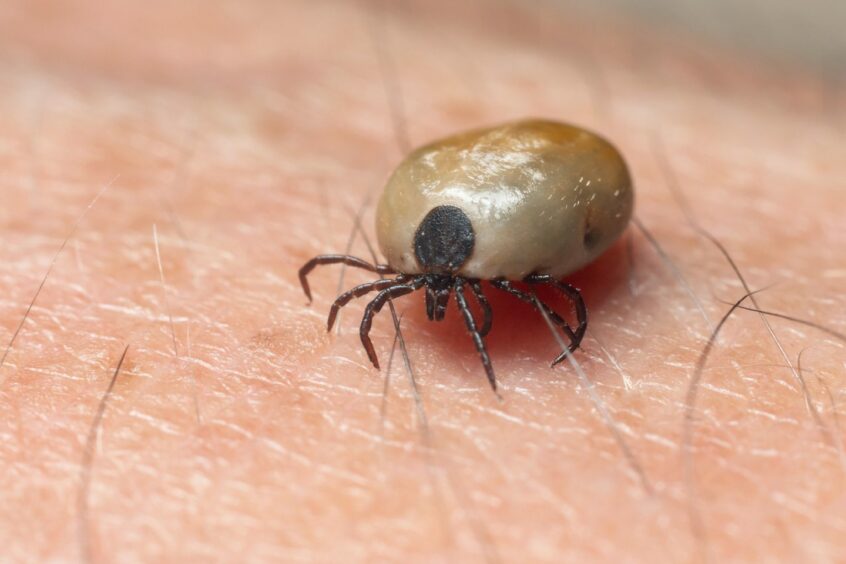
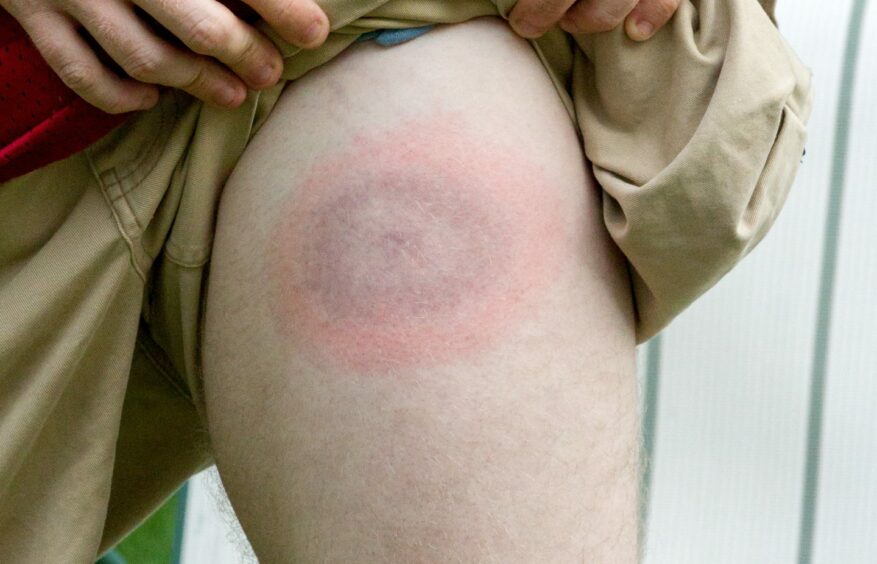
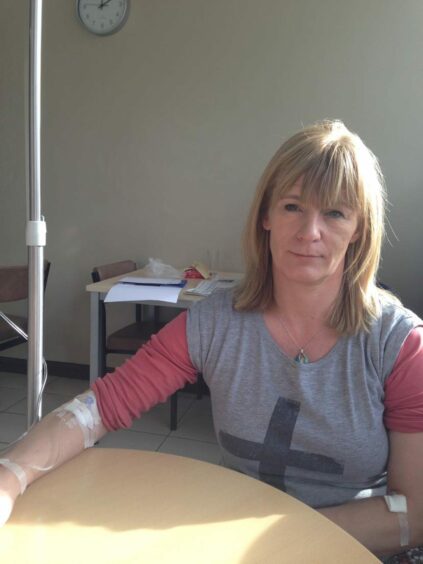
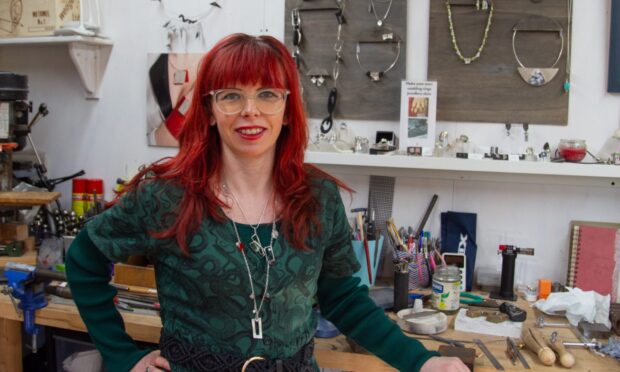






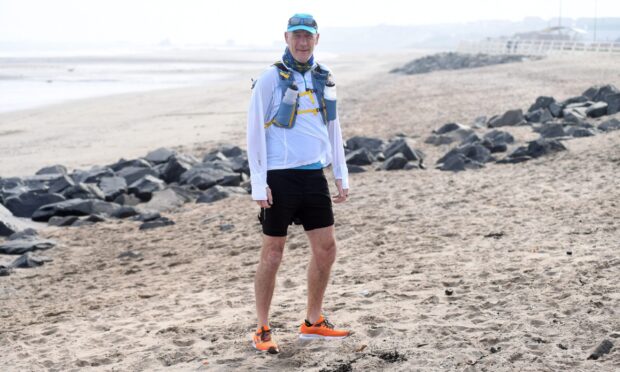
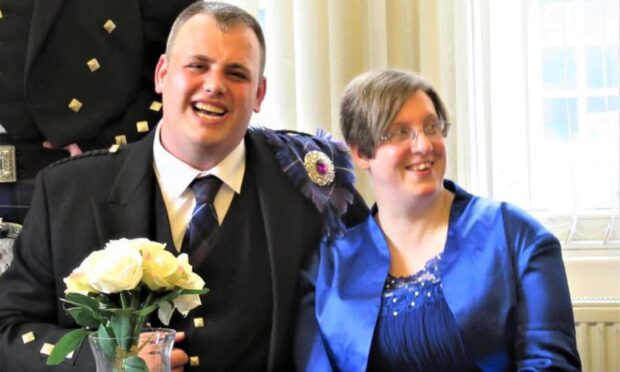

Conversation